Special Report
The Lightest Objects in the World
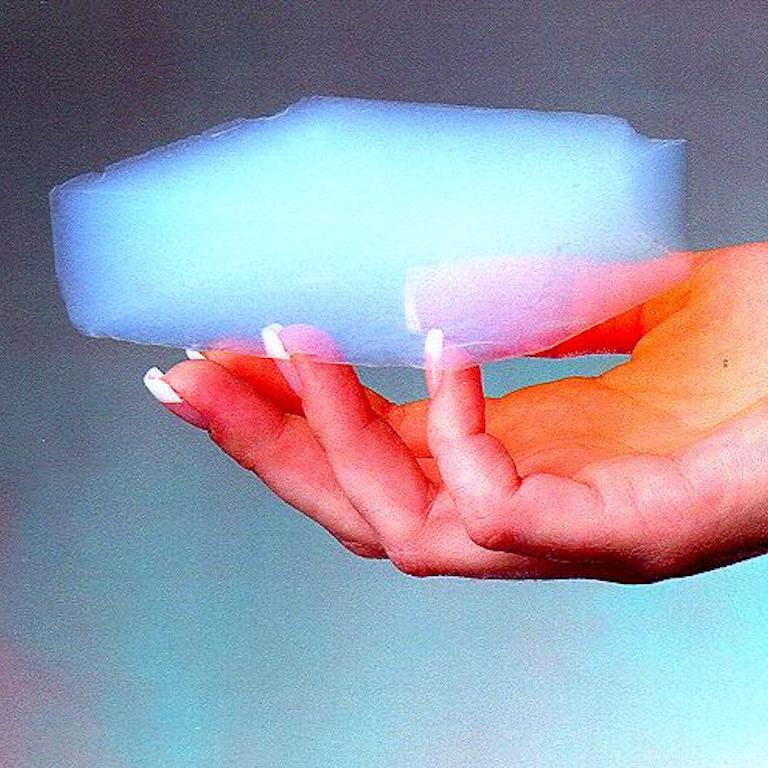
Published:
Last Updated:

Since the dawn of humanity, people have dreamed of reaching to the skies. Whether it be manned flight, conquering mountaintops, and building ever-taller skyscrapers, humankind has always worked to find ways to to overcome the omnipresent force of gravity.
Advancements in aviation and engineering would not have been possible without the development of lightweight materials such as aluminum and titanium.
More recently, scientists have engineered ultra-light carbon nanomaterials — metals which are in some cases one hundred times lighter than styrofoam. Just as humans first learned to chisel rocks and later to shape metals, ingenuities that gave us anything from the pyramids to the Golden Gate Bridge, developments in materials science will likely lead to innovations yet to be imagined.
To identify the planet’s most lightweight, low-density objects, 24/7 Wall St. considered first the lightest objects of their type. With the help of Guinness World Records and a range of internet sources, we found various notable lightweight objects, including the world’s lightest robot, car, bicycle, coin, cell phone, laptop, and more.
But this list would be incomplete without also considering the lightest objects in absolute terms. Atoms are often called the building blocks of matter, but a single atom of Uranium, for example, is far heavier than a single atom of hydrogen. Such absolutely lightest objects in the universe and on Earth are also included here.
Particles even smaller than atoms, such as electrons, quarks, and neutrinos, are even lighter than single atoms. Photons, the elementary particles of light, have no mass at all yet can still exert force on atoms.
Click here to see the lightest objects in the world.
Click here to see the heaviest objects in the world.

20. Louis Borsi’s Car
> Weight: 9.5 kg
Cars are not the first objects that come to mind when considering the world’s lightest objects. But Louis Borsi of London has built and driven a 9.5 kilogram, or 21 pound, car. The tiny car has a 2.5cc engine and is capable reaching a speed of 15 miles per hour.
[in-text-ad]

19. Gunter Mai’s Racing Bicycle
> Weight: 2.8 kg
For competitive racers, even a tiny reduction in weight can be an advantage. According to the World Record Academy, Gunter Mai of Germany has the record for building the lightest racing racing bike. The bike, now disassembled, weighed 6.1 pounds, and had a carbon fiber frame.
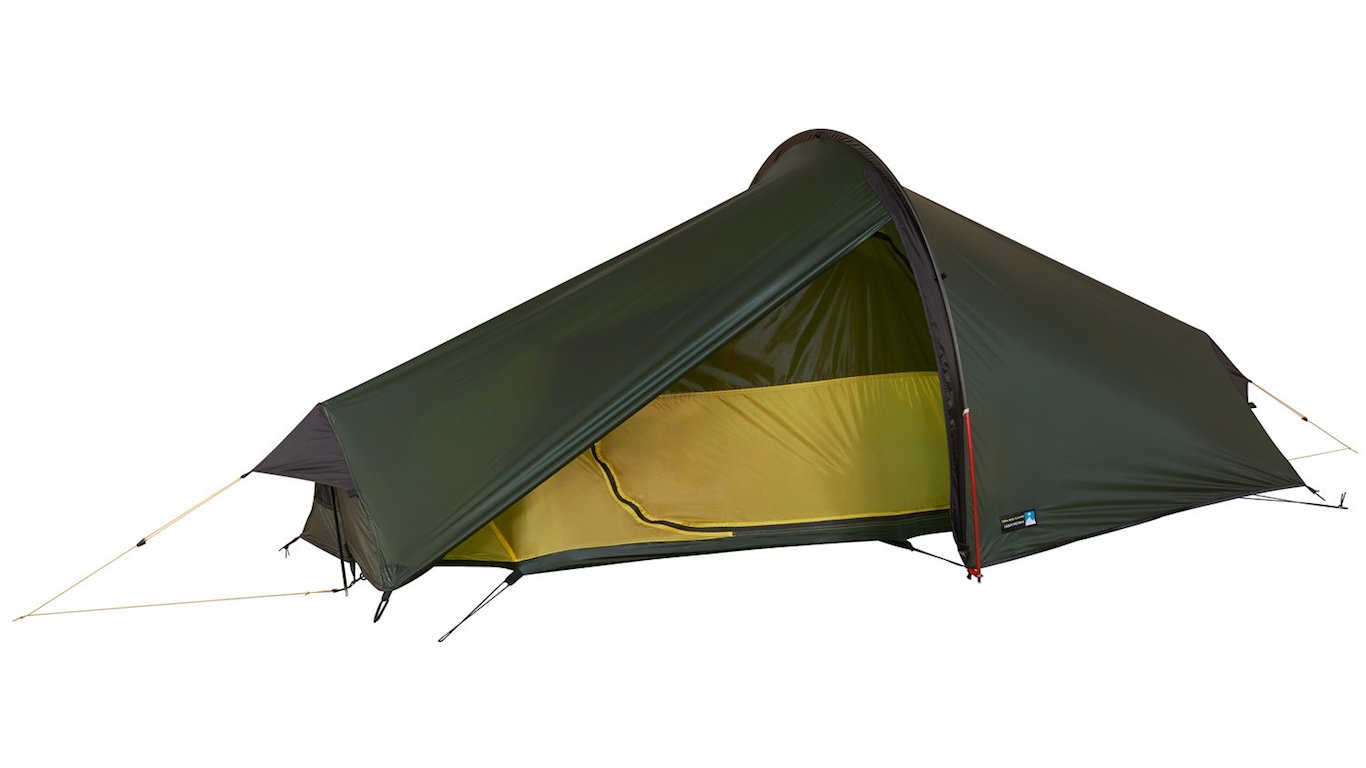
18. Laser Photon Elite, Lightest Tent
> Weight: 0.59 kg
According to Guinness World Records, the lightest commercially available two wall tent is the one-man Laser Photon Elite, manufactured by U.K.’s Terra Nova Equipment. The tent weighs just 587 grams, or just over 1 pound 4 ounces.
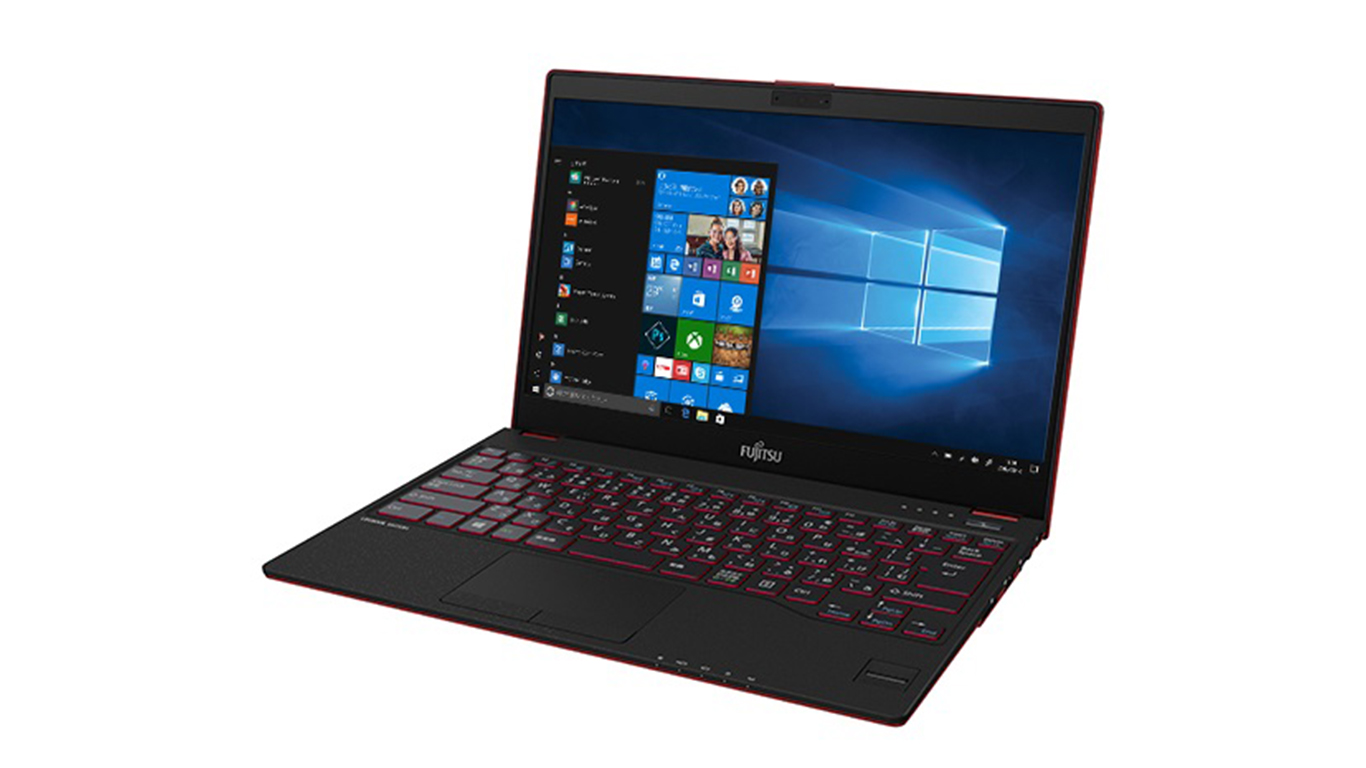
17. Lifebook UH Series, Lightest laptop
> Weight: 0.73 kg
The lightest commercially available laptop is made by Japanese electronics manufacturer Fujitsu. The lightest version of the Lifebook UH series of laptops weighs about 730 grams, or 1.6 pounds.
[in-text-ad-2]
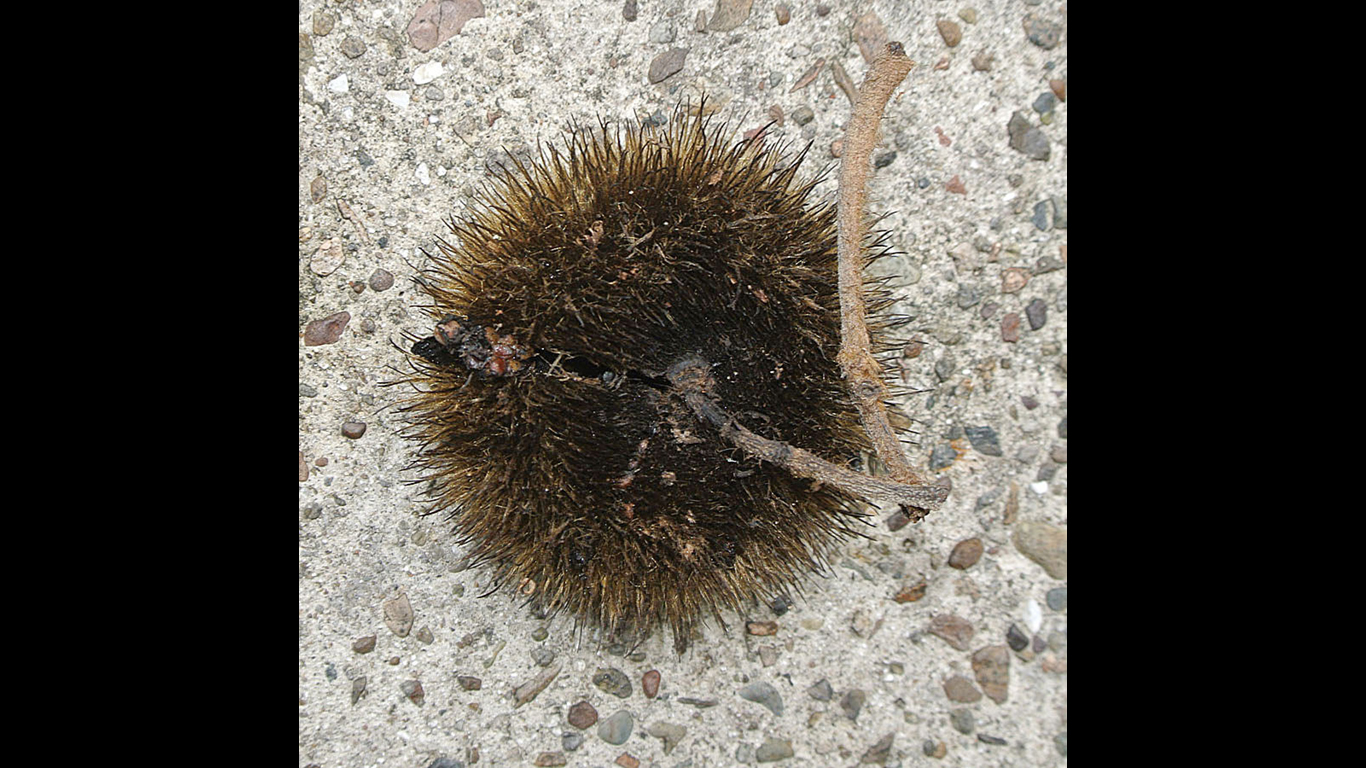
16. Apeiba tibourbou, Lightest Wood
> Weight: 0.12 g/cm3
While balsa wood is widely considered to be the most lightweight usable wood, it is not the lightest wood. That honor belongs to the flesh of the Apeiba tree, which grows primarily in South and Central America. The same volume of balsa wood would be slightly less than three times the weight of Apeiba tibourbou, the most common species of the Apeiba genus. The tree’s bark is sometimes used to build rafts.

15. modu, hand-held mobile phone
> Weight: 40.1 g
Mobile phone technology has come a long way since the 1970s, when the first cell phones weighed over a kilogram. According to Guinness World Records, the lightest mobile phone ever, which was produced by Israeli company Modu in 2008, weighed just over 40 grams. For contrast, the iPhone 8 weighs 148 grams.
[in-text-ad]
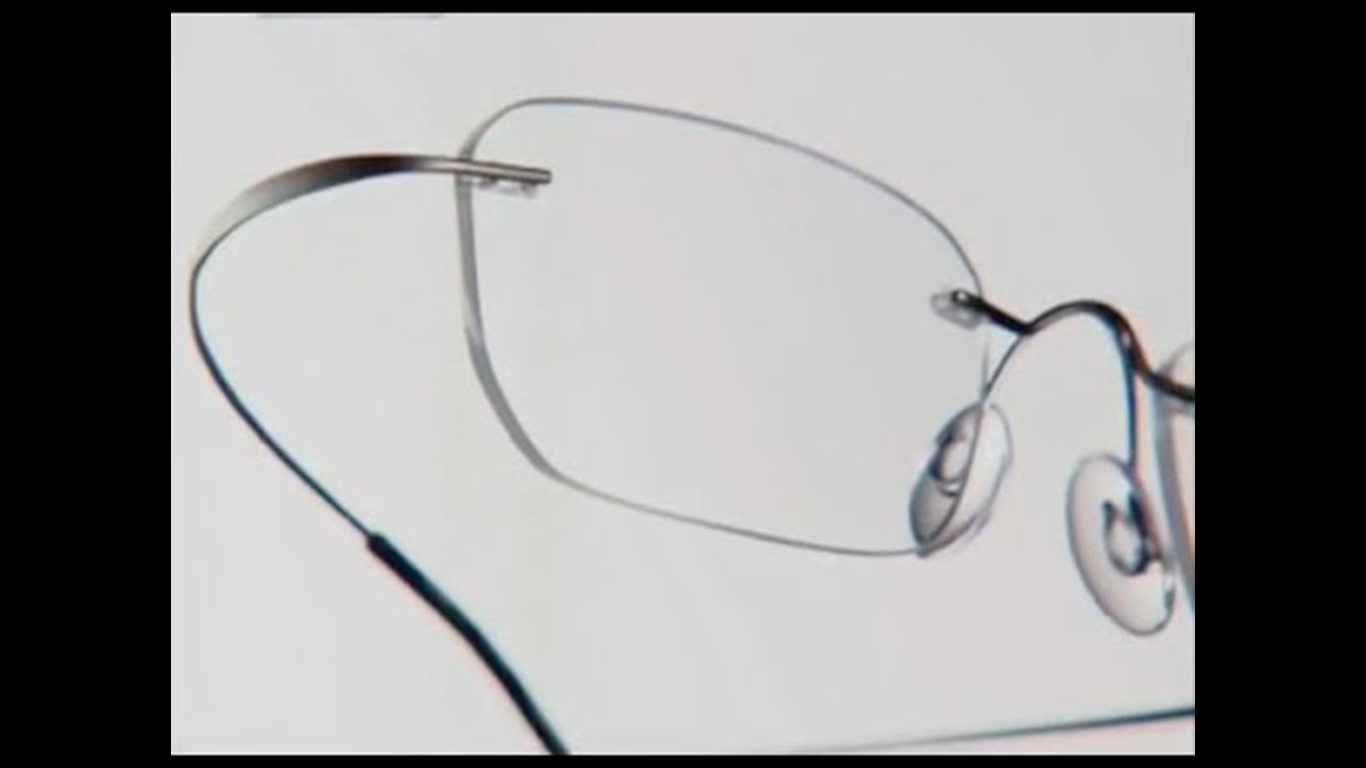
14. Helper Superlight, lightest glasses
> Weight: 40.1 g
According to Guinness World Records, the lightest reading glasses made were manufactured by Japan’s Seika Trading Company in 1998.
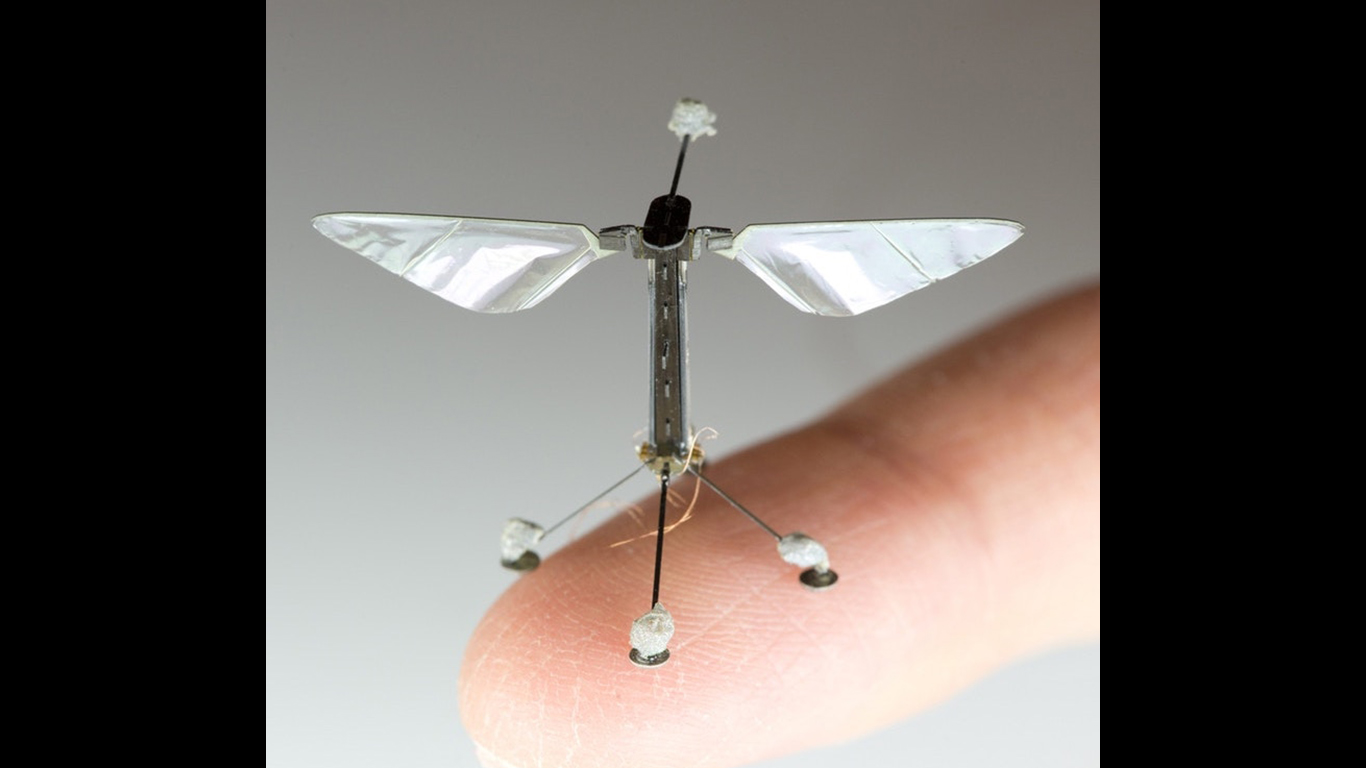
13. RoboBee, Lightest flying robot
> Weight: 80 mg
Insects may seem like simple little bundles of reflexes and have often been described as biological robots. Robobee is the real thing. Engineered in 2013 by Harvard University researchers, the mini robot prototype weighed just 80 mg — about 30 times lighter than a penny.
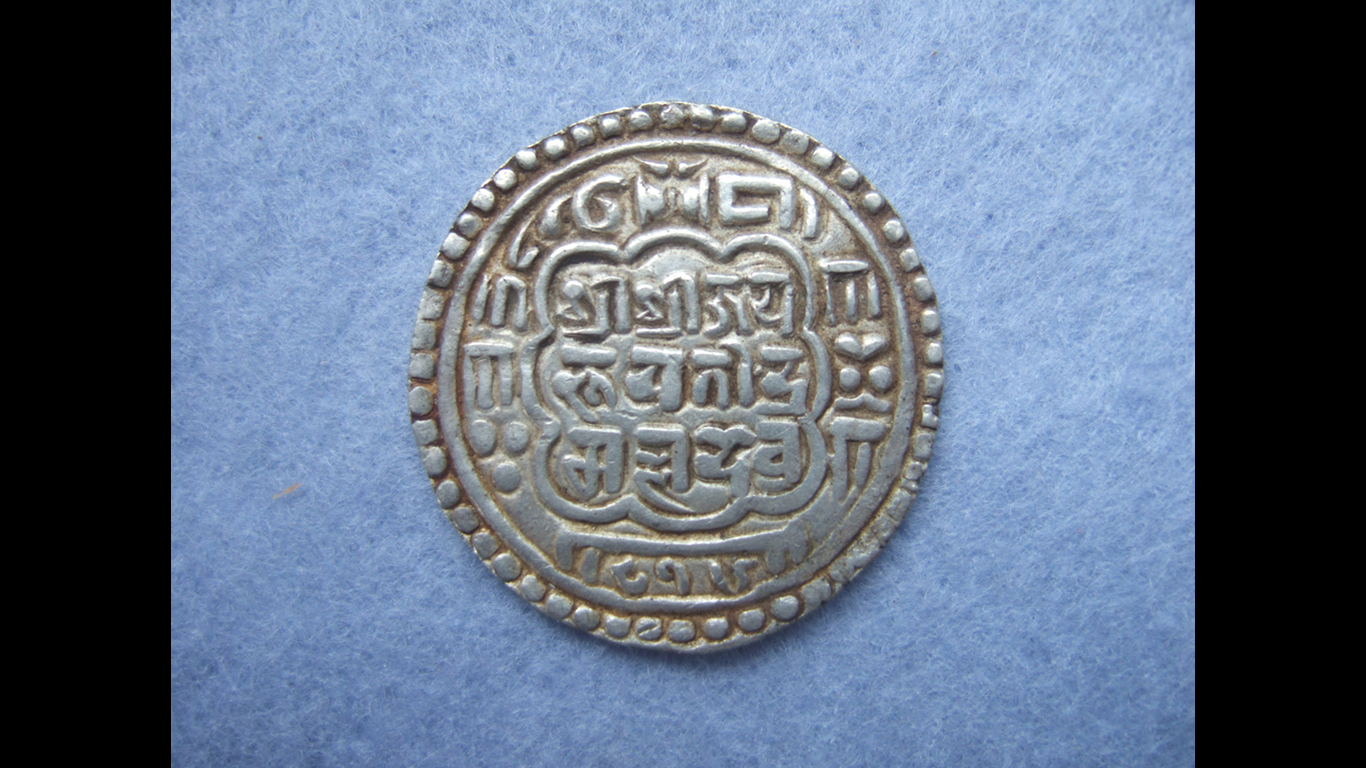
12. Nepalese Quarter Jawa
> Weight: 0.0002 mg
The value of an object can often be gauged by its heft. This is generally the case in currency, as gold coins are worth more than silver coins, which are worth more than copper coins, declining in worth in order of their metal weight. But there are always exceptions. And no single object is a greater exception than the Nepalese silver ¼ Jawa, which was minted circa 1740 and remains the smallest and lightest coin ever made.
[in-text-ad-2]
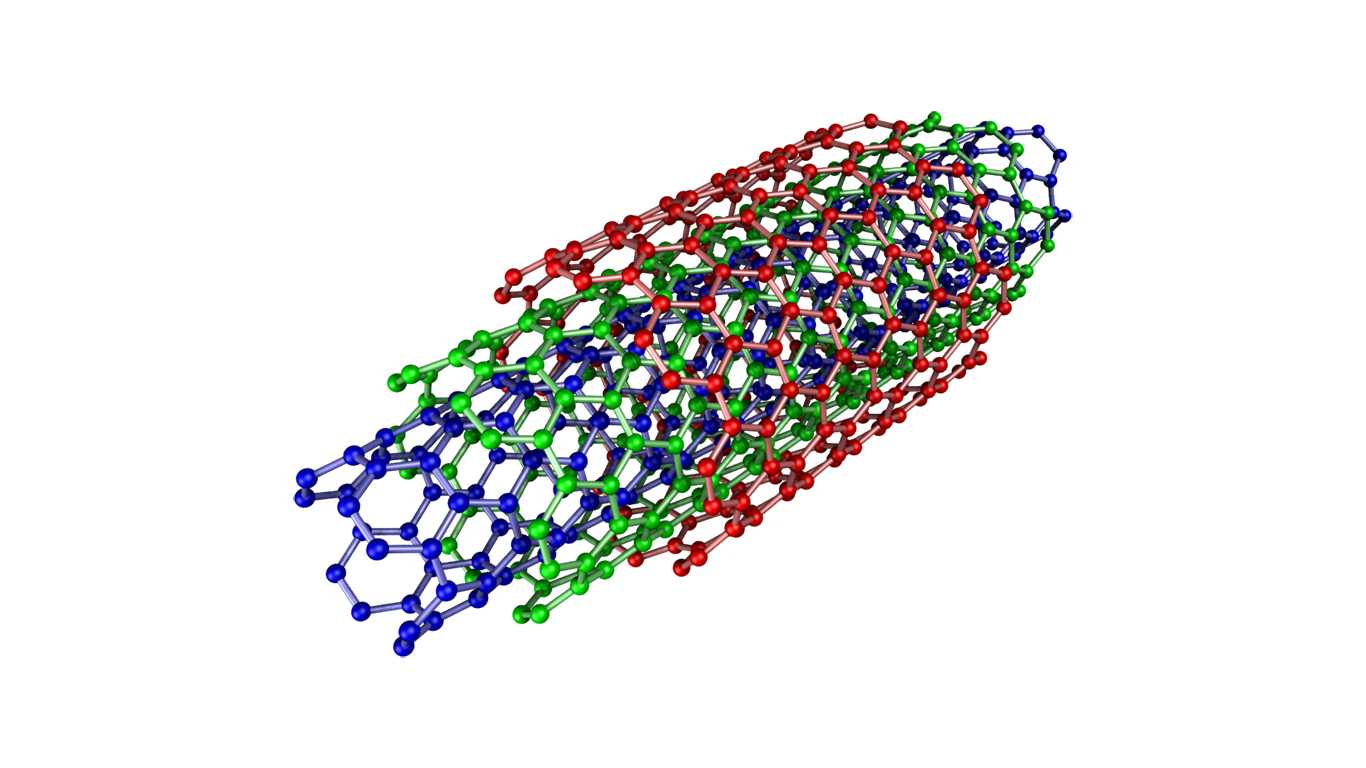
11. Multiwalled Carbon Nanotube Aerogel
> Weight: 4 kg/m3
Scientists are hard at work developing smaller and lighter materials than previously thought possible. One such material being developed is multiwalled carbon nanotube, or MWCNT. Despite its low density, carbon nanotubes are strong and have properties that can be used in electrical, optical, and medical applications. MWCNT has a density of 4 kilograms per cubic meter, about one-tenth that of styrofoam.
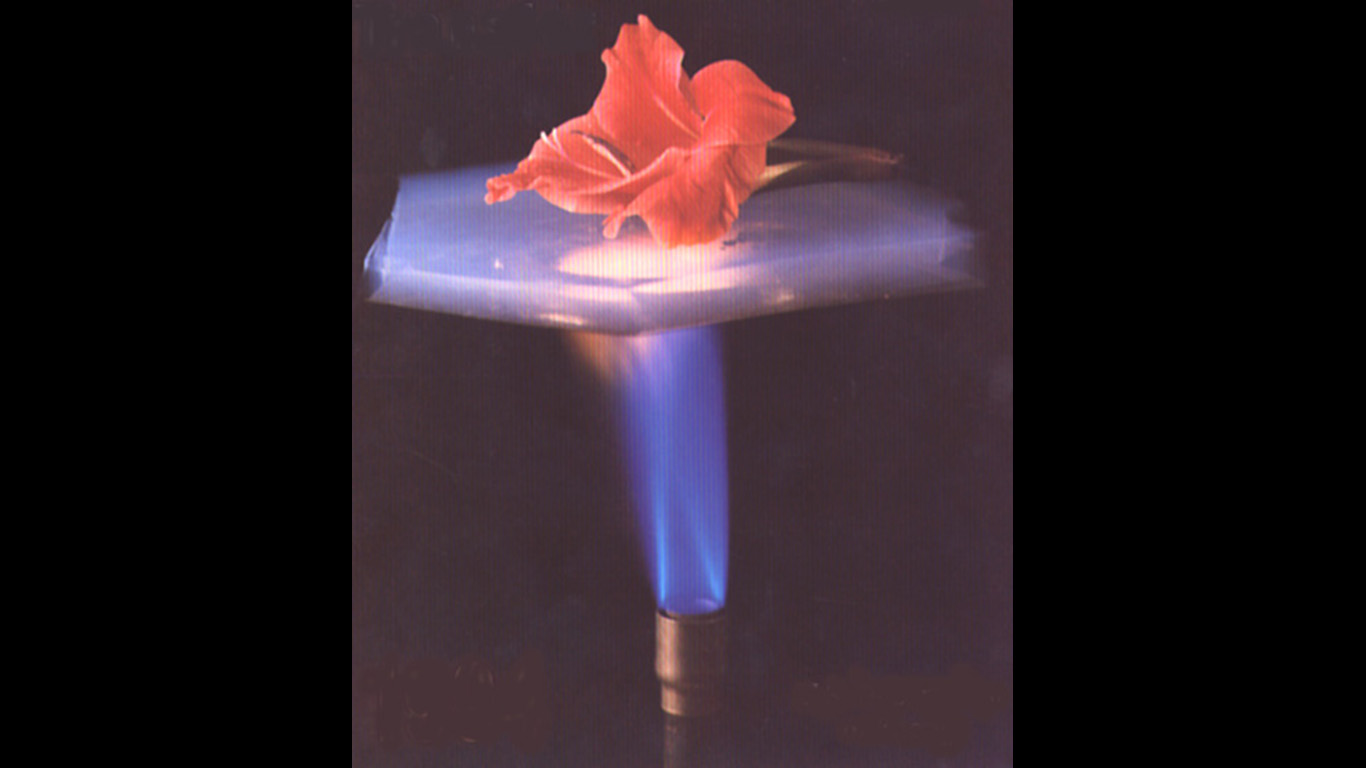
10. Silica aerogel, Aerogel
> Weight: 1 kg/m3
Silica aerogel, which was first produced in 1931, has a density of just 1 kilogram per cubic meter, making it about 40 times lighter than styrofoam. The material is a strong insulator, which is its most common practical application.
[in-text-ad]
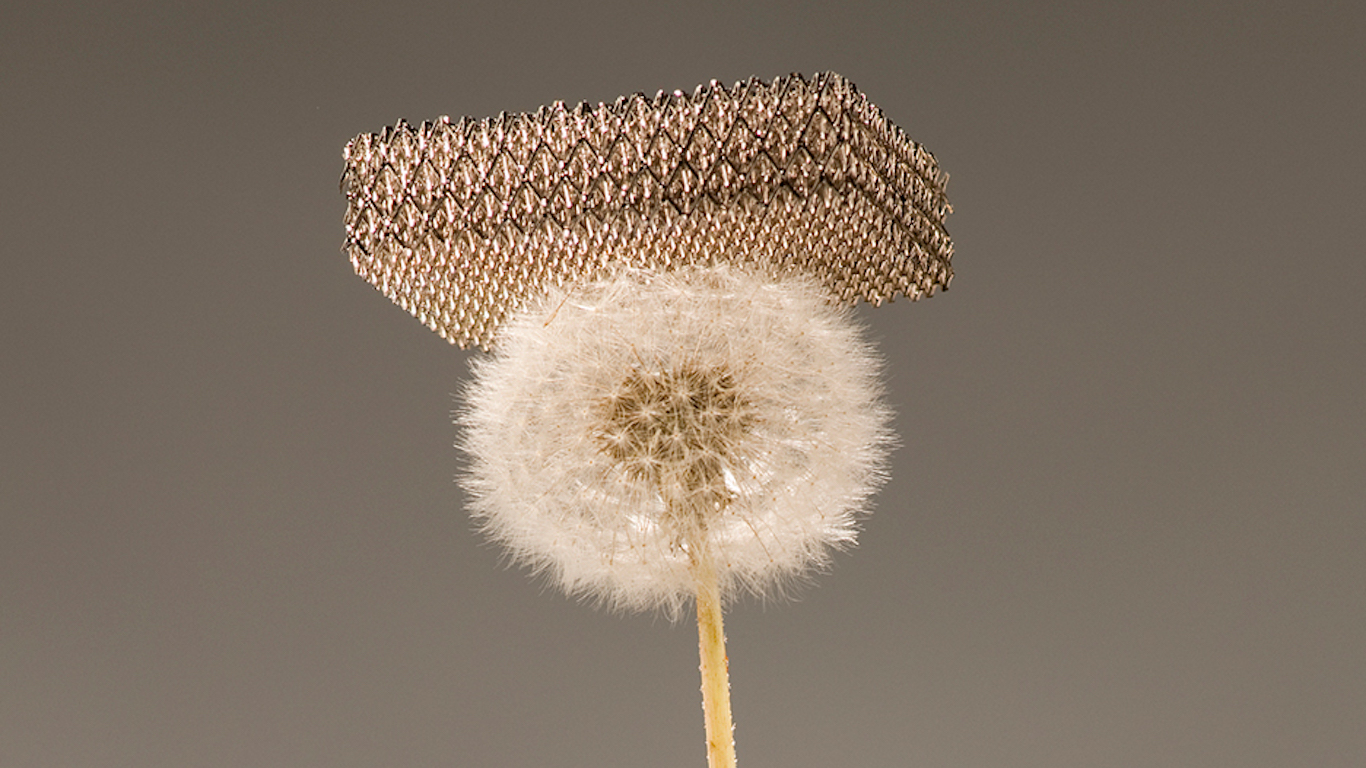
9. Metallic Microlattice
> Weight: 0.90 kg/m3
Department of Defense collaborator HRL Laboratories, currently owned by GM and Boeing, claimed in November 2011 to have created the world’s lightest material. The nickel-phosphorus alloy metallic structure has a density of 0.9 mg/cm3. The structure is made of interconnected hollow tubes approximately 1,000 times thinner than a human hair.
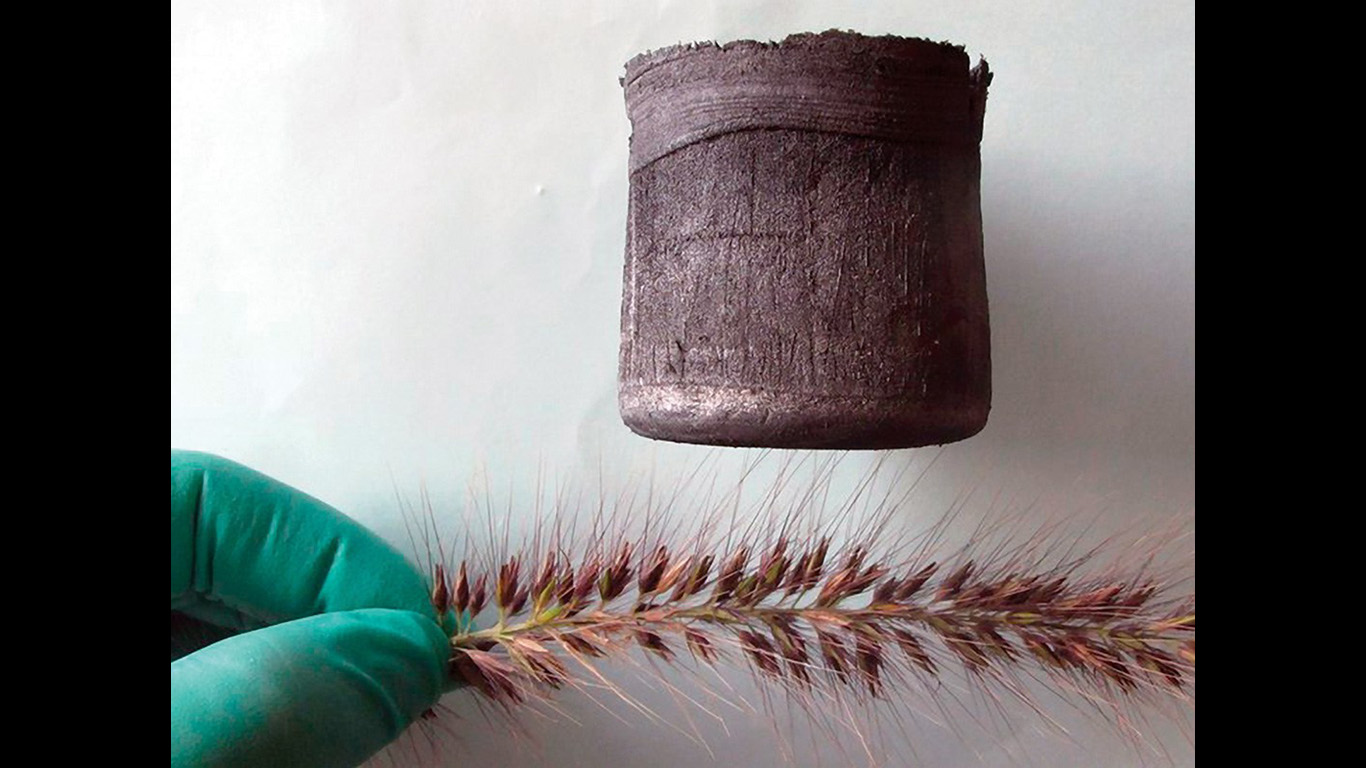
8. Aerographene
> Weight: 0.16 kg/m3
One of the most promising new materials is graphene, which is made of just a single connected layer of carbon atoms. An aerogel (a gel in which the liquid is replaced with a gas) made from graphene has a density of just 160 grams per cubic meter. The material is several times lighter than air.
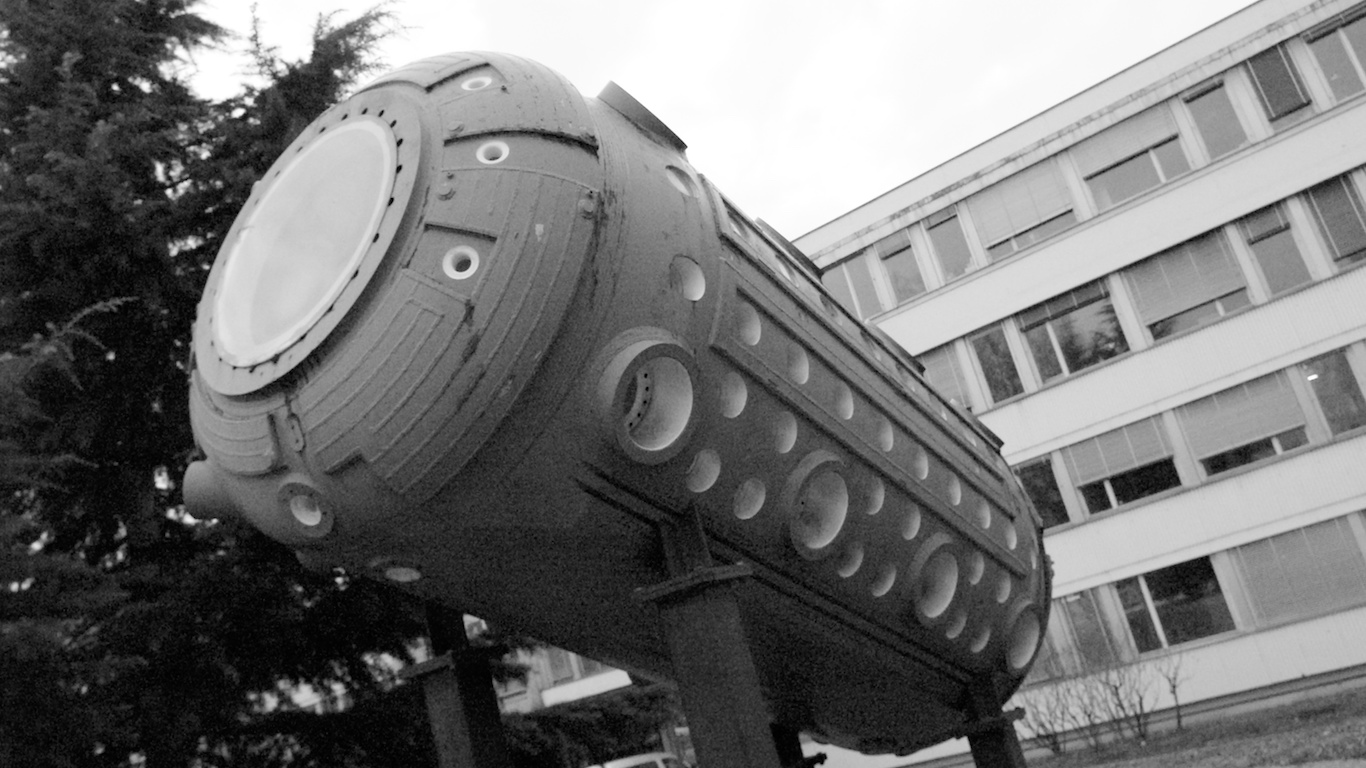
7. W Boson
> Weight: 1.43 x 10-25 kg
Elementary bosons are the subatomic particles that account for the four fundamental forces of the universe: electromagnetism, strong and weak nuclear force, and gravity. The lightest of these particles to have any mass at all is the W boson, which is responsible for the weak force, along with Z bosons.
[in-text-ad-2]
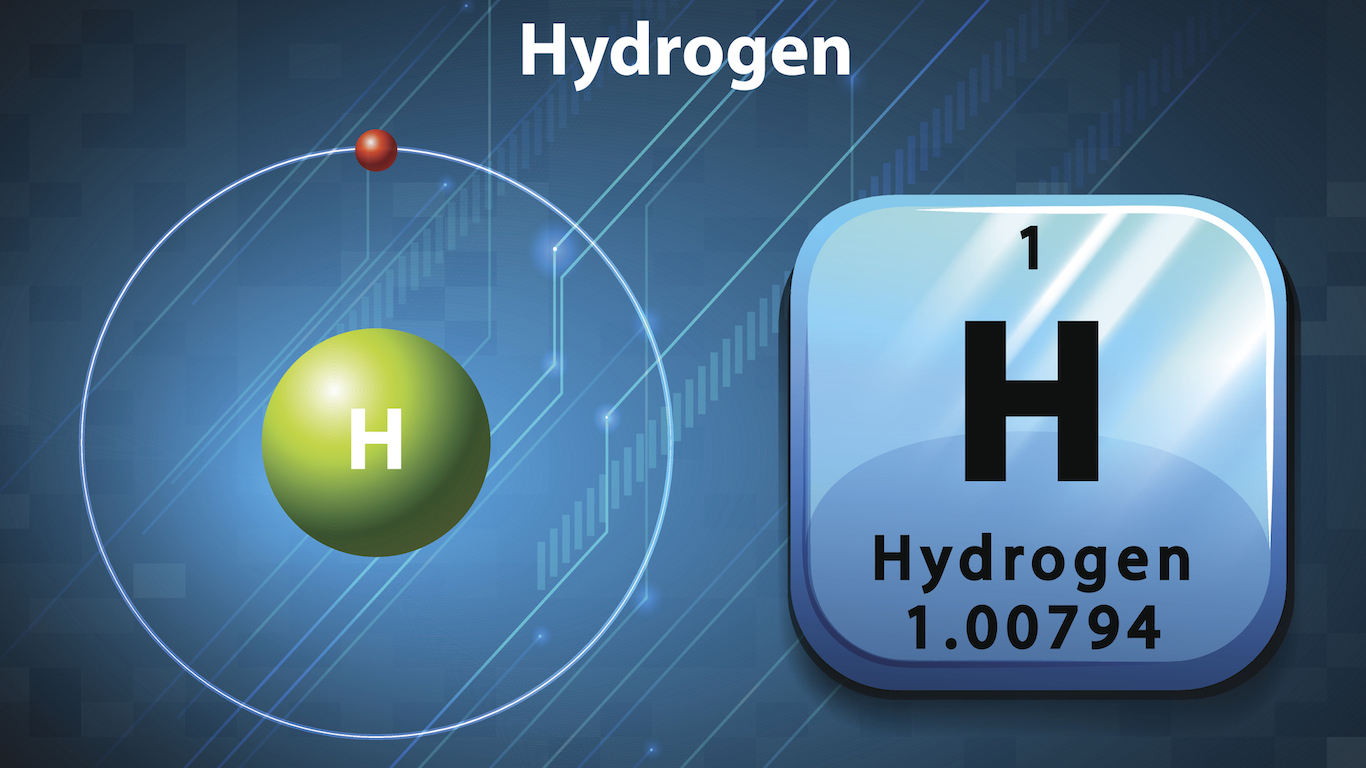
6. Hydrogen Atom
> Weight: 1.67 x 10-27 kg
With an atomic number of 1, hydrogen is the most basic of all atoms. With one
proton, one neutron, and one electron, Hydrogen is extremely light, which explains why it was once used in airships. However, in gas form it is also highly combustible, which explains the Hindenburg disaster.
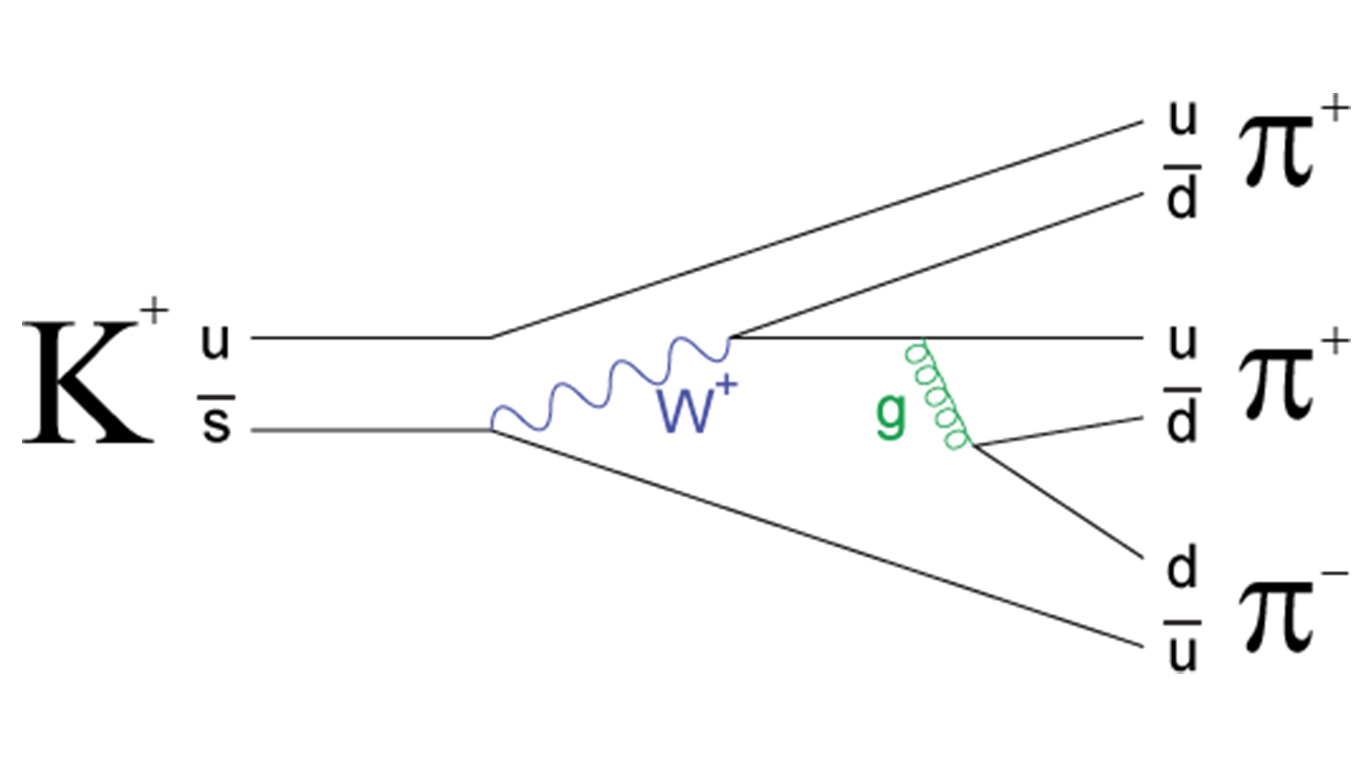
5. Pion
> Weight: 2.41 x 10-28 kg
Mesons are another kind of boson. This type, like protons and neutrons, is composed of quarks. While protons and neutrons are made of three quarks, mesons are made of just one quark and one antiquark. By far the least massive of the mesons, the pion is barely one-quarter the mass of the next smallest meson, the kaon.
[in-text-ad]
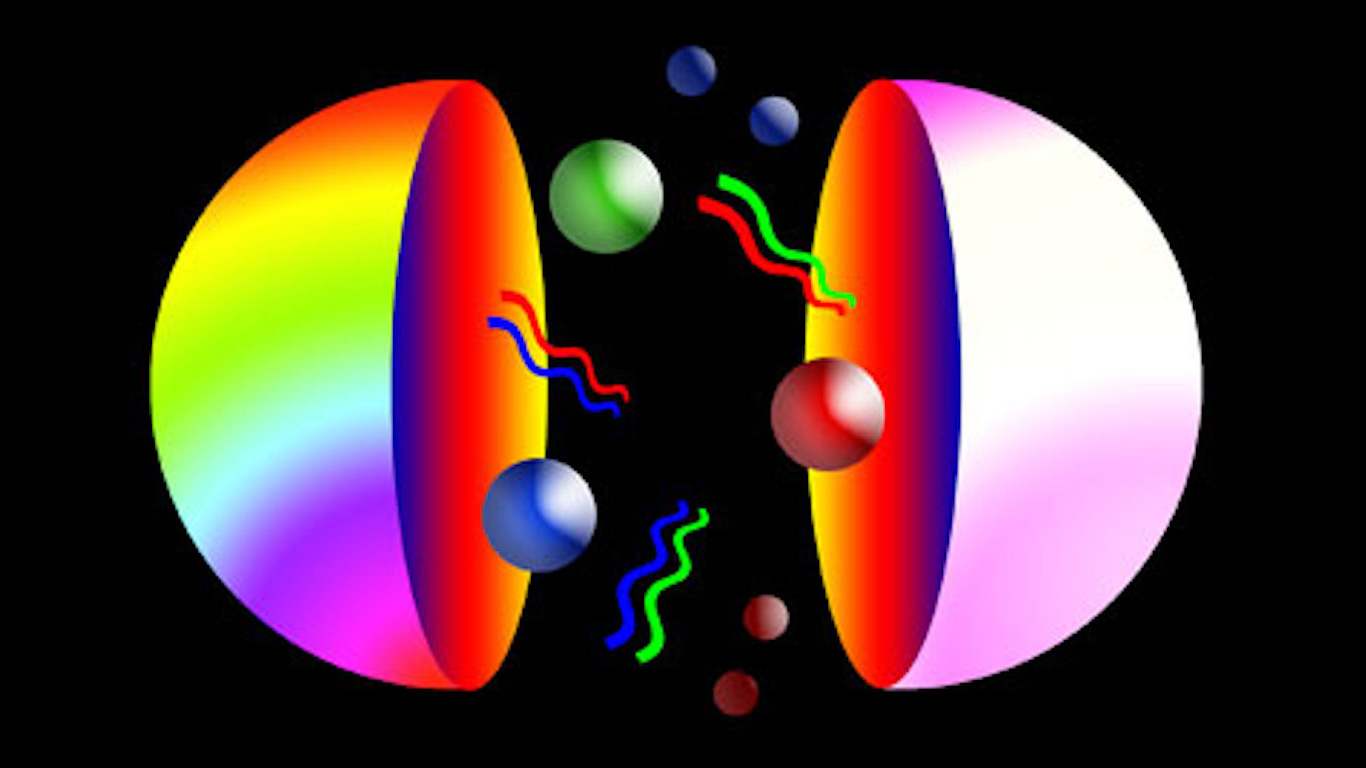
4. Up Quark
> Weight: 3.5 x 10-30 kg
One of the fundamental particles of the universe, quarks make up many different particles, including protons and neutrons. Quarks come in six different types — referred to as flavors — including up, down, top bottom, strange, and charm. Up quarks are the lightest of these, with a mass roughly one-2,500th that of a bottom quark. It would take 477 up quarks to equal the mass of one hydrogen atom.
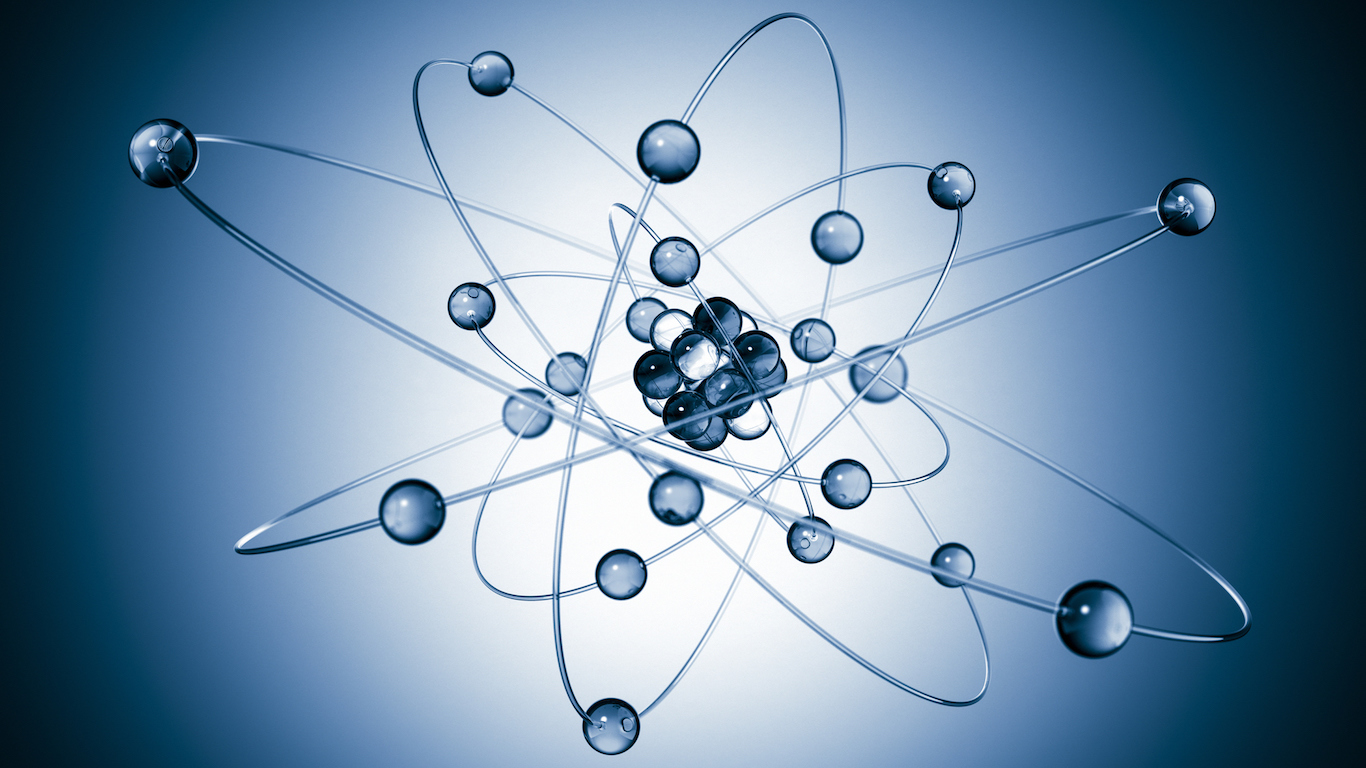
3. Electron
> Weight: 9.1 × 10-31 kg
One of the three basic components of an atom, electrons are far and away the least massive. It would take 1,835 electrons to equal the mass of a hydrogen atom. The positively-charged version of the electron is called a positron, which has the same mass. Electrons are part of the particle category known as leptons, which also comprise the heavier taus and muons.
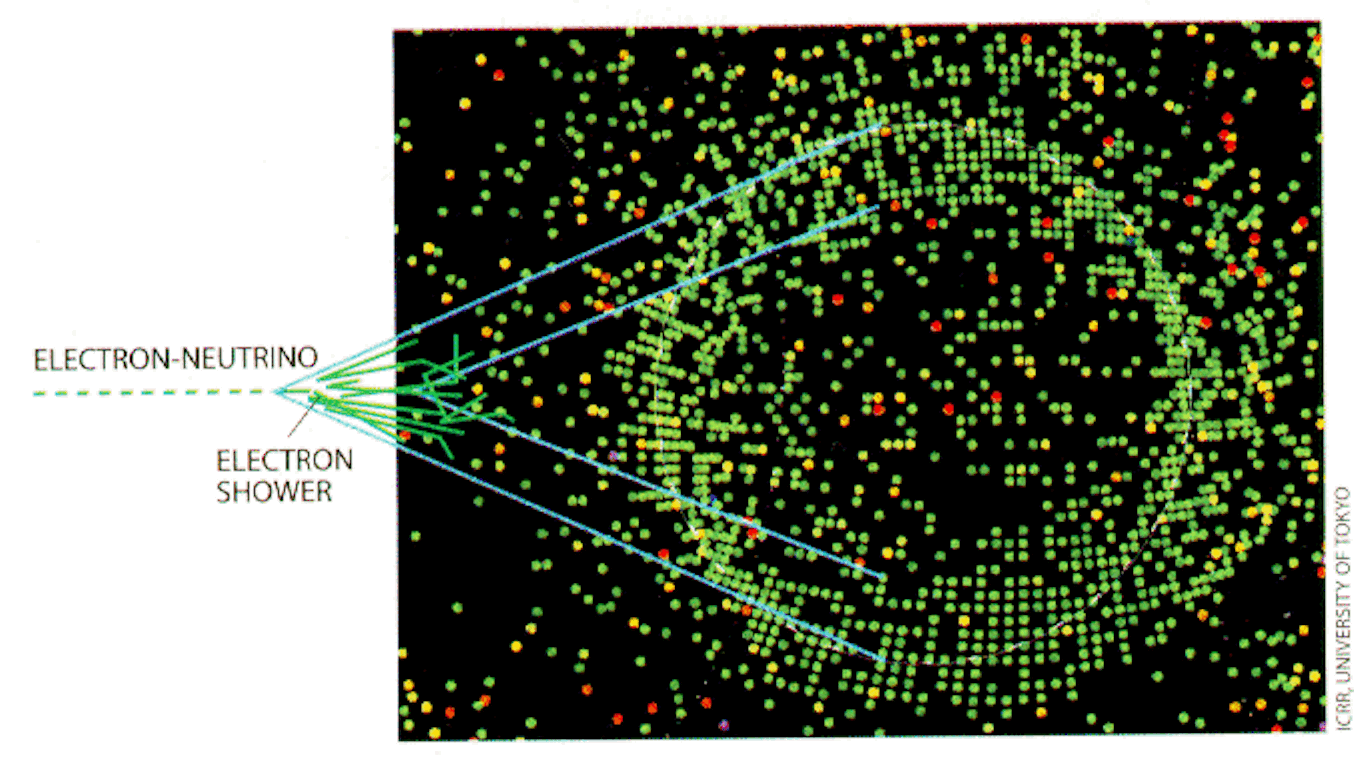
2. Electron Neutrino
> Weight: 3.22 x 10-36 kg
For each of the three type of leptons — electron, muon, and tau — there is an equivalent neutrino. And as electrons are lighter than muons or taus, electron neutrinos are much lighter than muon or tau neutrinos. In fact, the mass of the electron neutrino is practically infinitesimal compared to other particles in general. It would take approximately 518,633,540 electron neutrinos to equal the mass of a single hydrogen atom.
[in-text-ad-2]

1. Photon
> Weight: none
Photons, the elementary particles of light, were identified by Albert Einstein as being simultaneously both a wave and a particle. Photons, which are always in motion and move at the speed of light, have no mass. Another particle that has zero mass is the gluon, which binds quarks by strong force to form protons and neutrons, which in turn form atoms. And though not discovered yet hypothesized to exist, the graviton, which carries the particle of gravity, also should have zero mass.
Credit card companies are at war, handing out free rewards and benefits to win the best customers. A good cash back card can be worth thousands of dollars a year in free money, not to mention other perks like travel, insurance, and access to fancy lounges. See our top picks for the best credit cards today. You won’t want to miss some of these offers.
Flywheel Publishing has partnered with CardRatings for our coverage of credit card products. Flywheel Publishing and CardRatings may receive a commission from card issuers.
Thank you for reading! Have some feedback for us?
Contact the 24/7 Wall St. editorial team.